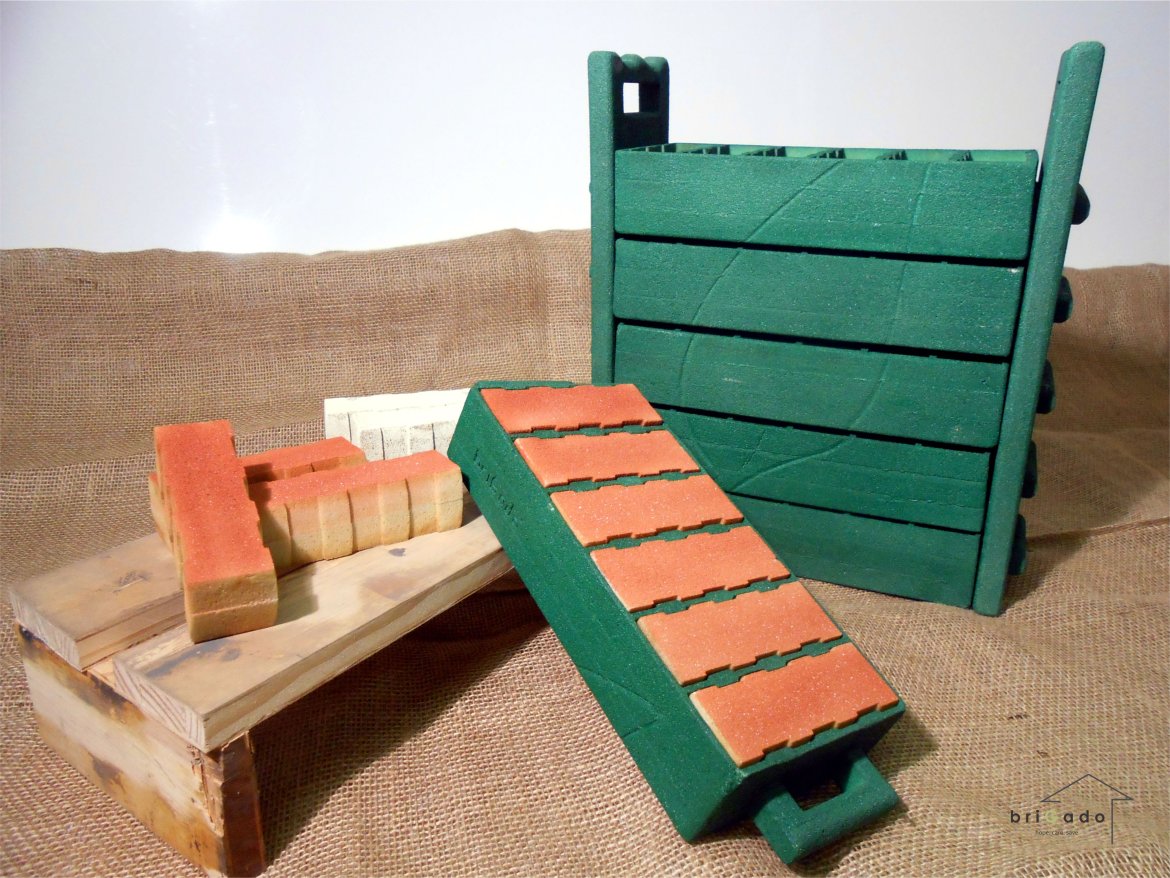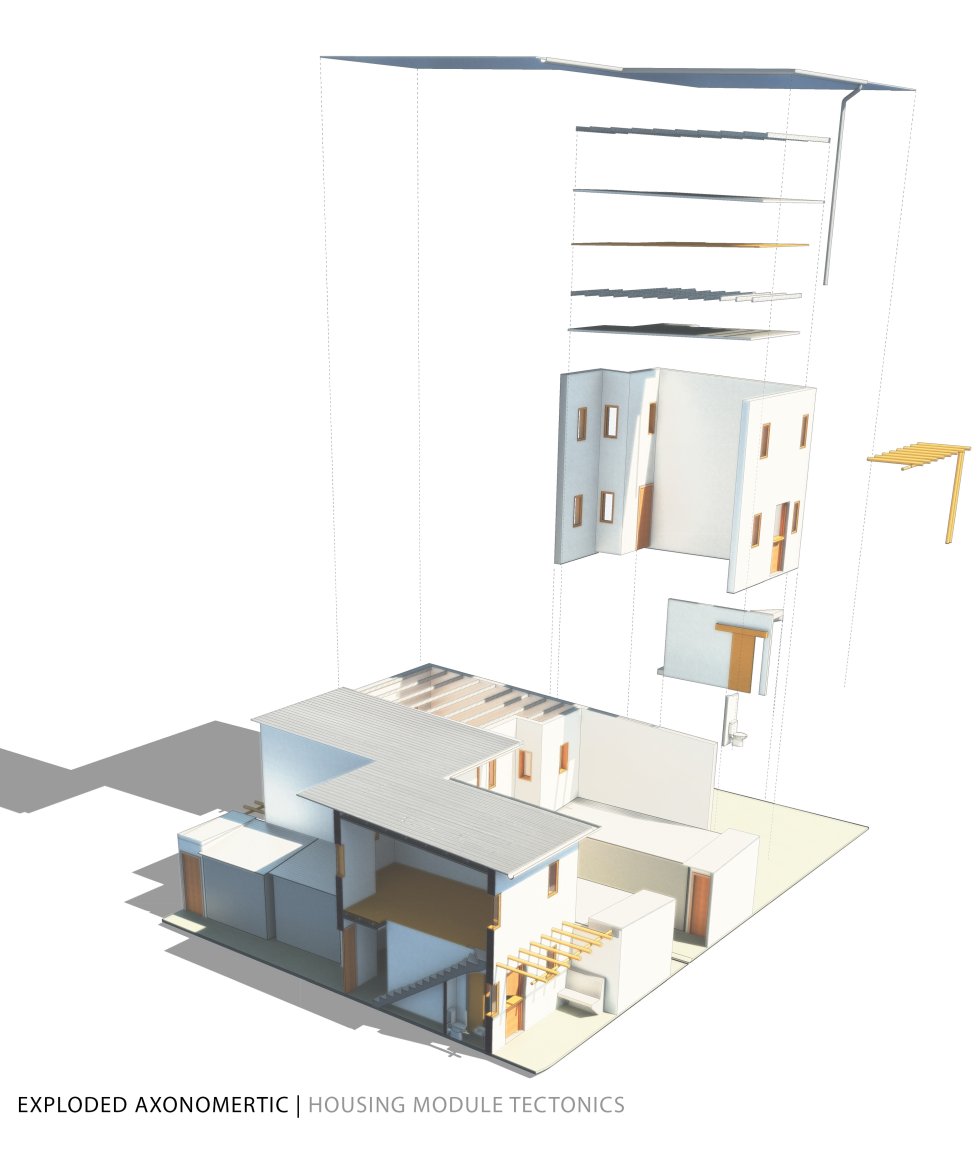briGado - a brick-making kit designed by Tshwane University of Technology student Rotenda Gene Nevhutalu
briGado is a brick making kit made from 100% recycled plastic. The kit consists of a brick mould, a concrete/composite mixer and a bricks carrier, all in one product. It gives the user a chance to make their own bricks which he/she can still create their dream house, at their own pace.
With 7.3 million people in South Africa still in desperate need of adequate housing and 25.2% of our workforce unemployed, this solution fills a vital need by helping poor communities to make their own bricks and build better shelters at their own pace. Thus briGado is a low cost design that doesn’t require any other machines. The aim is to make it easy for people to be able to make themselves bricks and they can make a living in brick making as it is a DIY system.
briGado is the result of Rotenda’s intensive research and prototyping. Not only is it a mould for clay, mud and concrete, but it is also a concrete mixer and brick carrier, both 100% eco-friendly and biodegradable. The side panel of the mould can be used as clay mixing system, replacing the traditional foot mixing method used by rural communities. Each mould is designed to produce six bricks. The panel can also be used as an alternative to a wheelbarrow, making it easier to carry the bricks from one point to another.
According to Rotenda, his design process focused specifically on briGado’s ergonomics, with a particular emphasis on ensuring that users can operate it comfortably. When it came to materials, he selected recycled LDPE plastic for its superior impact strength and because it is less dense and brittle than alternative options. The product will be made through an injection moulding process that is already recognised in the plastics industry as a proven mass production technique. This makes it a cost-effective, low-maintenance solution for the low-income housing market.
Embracing Informality - an architectural development plan submitted by Lawden Holmes from the University of Cape Town
This housing module was a small component of a larger context specific project that dealt with various types of housing typologies and commercial/retail opportunities for incrementally upgrading a piece of land for the illegal shack dwellers occupying the site, with the main goal in securing them security of tenure and access to urban opportunities.
The starter unit allows for a variation of bedroom and living spaces on two floors. The dimensions of the rooms are based on those of a double bed. The unit increases in size with the addition of informally constructed backyard rooms for rental. Ultimately as the income and budget allows the formal structure to be extended in place of the backyard shacks.
Due to the current backyard room situations regarding the RDP houses, the new design allows for maximum freedom of the backyard tenants. Research has shown that an oppressive environment is created due to access of water, sanitation and electricity. The layout between the backyard rooms creates a communal space for socializing, washing, vigilance as well as dealing with storm-water runoff.
“The housing unit turns the unsustainable problem of backyard shacks into a solution,” explains Lawden. “The aim is to create an asset that appreciates in value over time.”


